Towards A Greener Future
Powered By Immersive Training With AI
Lead your organization into a sustainable future and turn learning with Virtual and Augmented Reality and AI into a thrilling ecological mission.
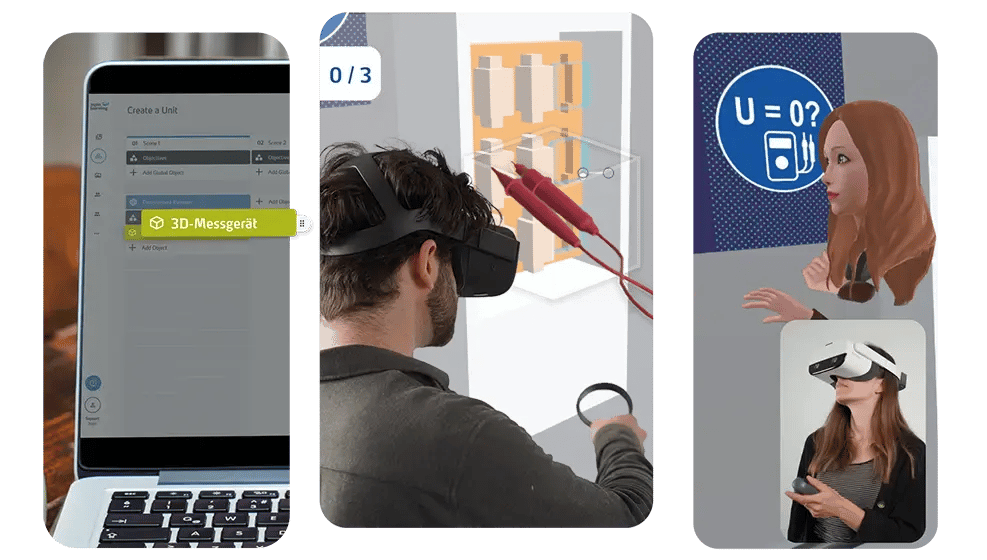

Customized Immersive Training With AI
Our tailor-made, interactive training courses will support your efforts to further streamline your electricity and power processes.
Equip your employees for dangers and emergencies in the best possible way
Use our extensive asset library to generate potential hazardous situations
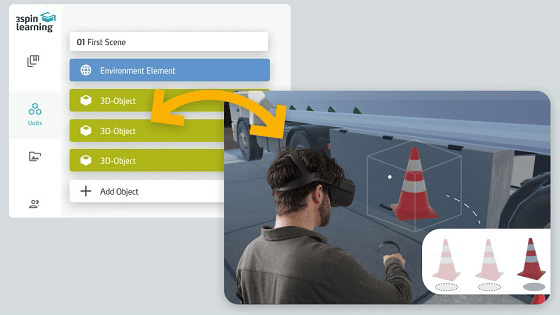
Successful And Convincing: Featuring Immersive Training With VR / AR & AI

Fewer injuries1

Better performance²

Faster training completion³

Individual Learning
Avacon's Step Into The Future
Turn learning into an exciting green mission that will make your young talents feel right at home in the digital playground.
Streamlined Processes And Hands-on Learning
How immersive learning with AI boosts energy industry efficiency.
"With 3spin Learning, we are able to create immersive training courses ourselves, according to our individual requirements."
Kevin Schmidt
Avacon / E.ON
Avacon / E.ON


Trusted By Organizations Looking For Real Change

How Lufthansa Cargo cut the average failure rate of its warehouse workers' exams by 80%
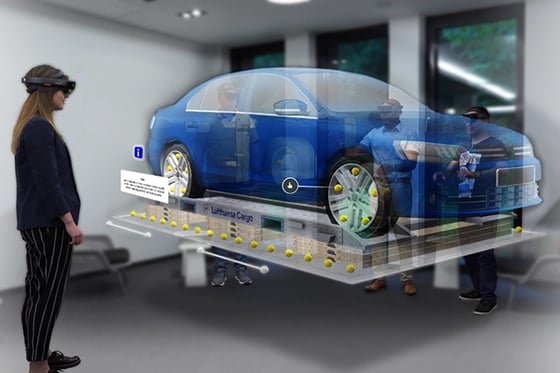
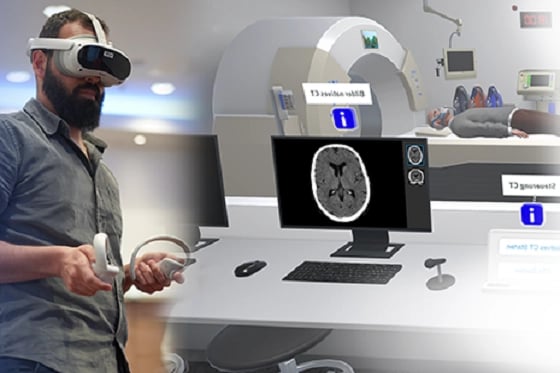

This is how E.ON grid operator Avacon succeeded in safely preparing more than 200 trainees at six locations for their day-to-day work significantly reducing travel costs
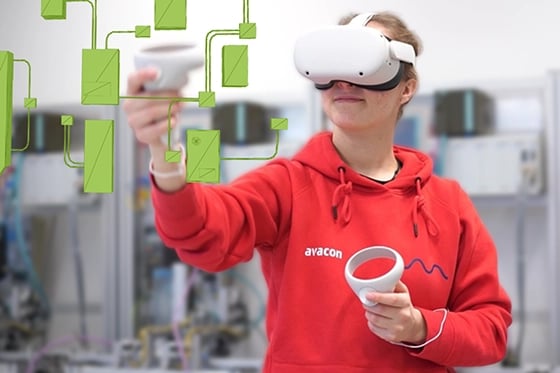

How Boehringer Ingelheim uses VR to promote hands-on and safe learning in previously inaccessible laboratories
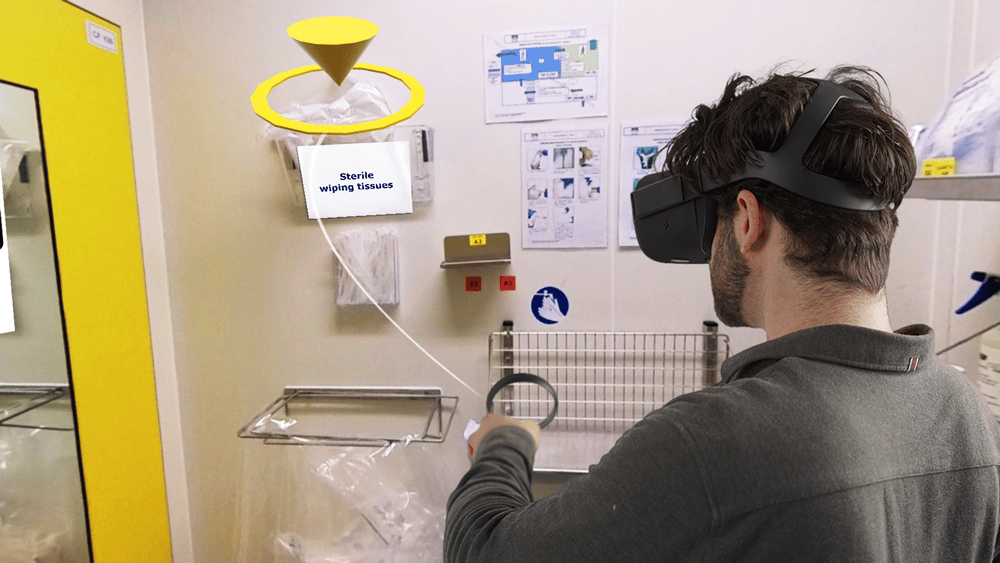
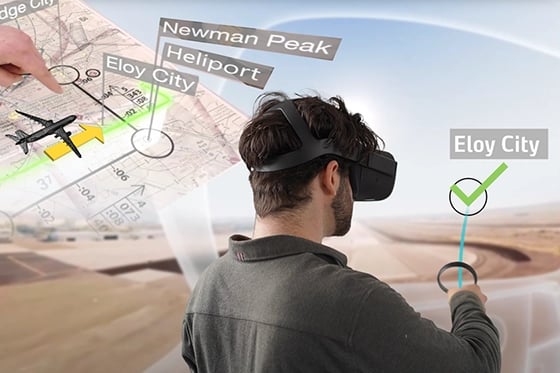

How Virtual Reality shapes the future of education and creates completely new learning experiences
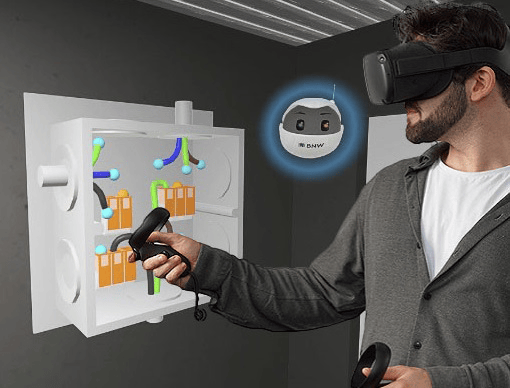


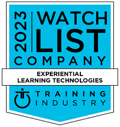




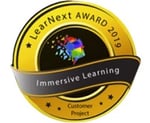

Let's Shape The World Of Sustainable Energy Together
Choose your preferred date and get a free consultation:
Product insights
Assessment of your particular requirements
Hands-on industry-specific case studies

